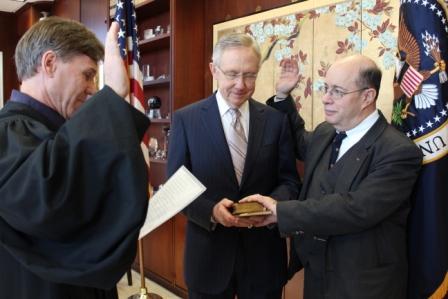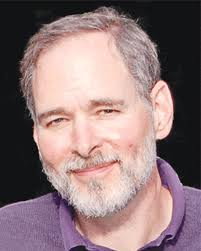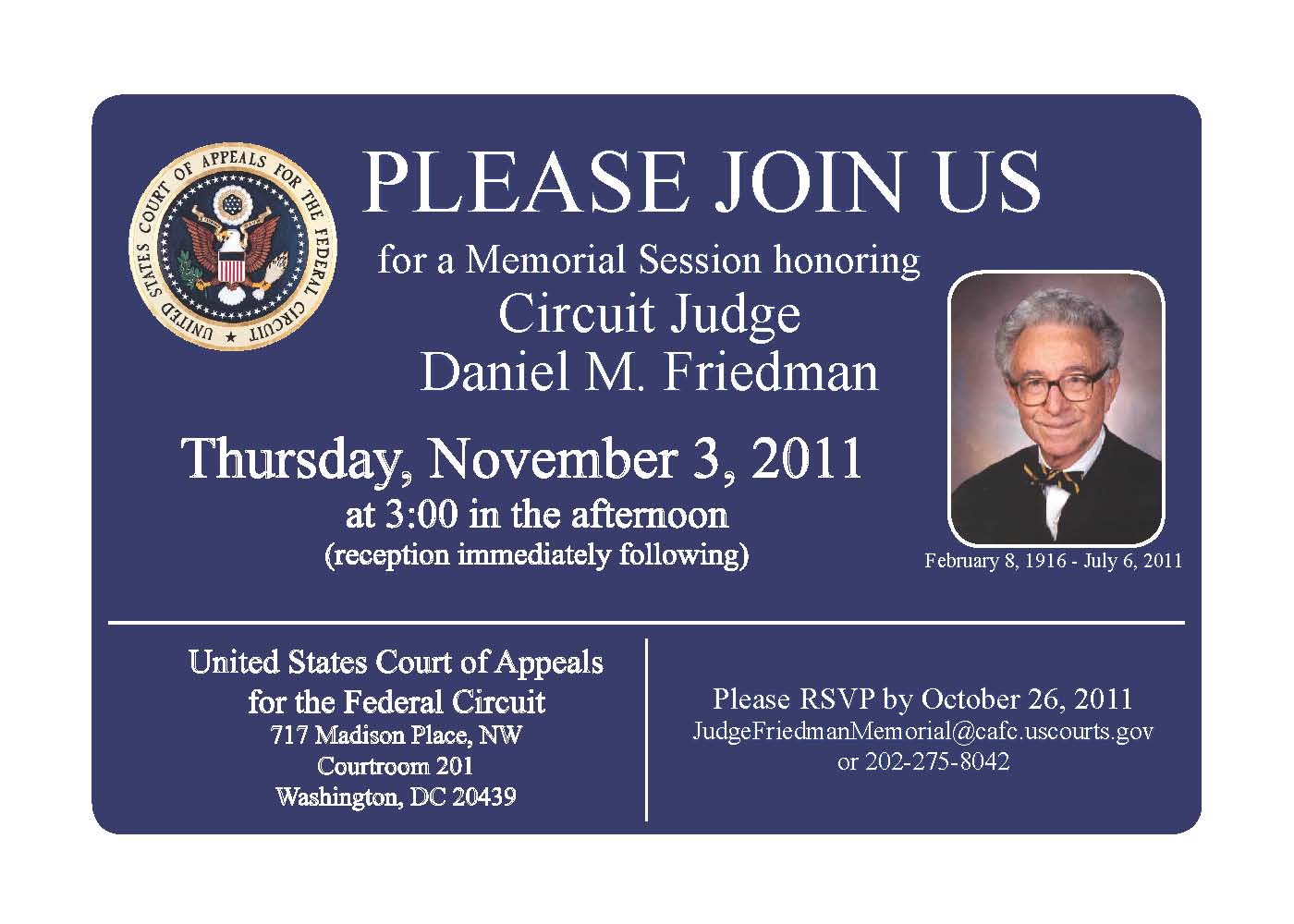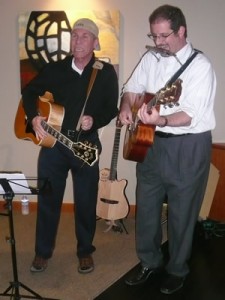I am always amazed when I look at this 2008 statistic cited by Chief Justice Roberts: the Federal Judiciary accounts for 0.2% of the United States’ budget.
The Judiciary, including the Supreme Court, other federal courts, the Administrative Office of the United States Courts, and the Federal Judicial Center, received a total appropriation in fiscal year 2008 of $6.2 billion. That represents a mere two-tenths of 1% of the United States’ total $3 trillion budget. Two-tenths of 1%! That is all we ask for one of the three branches of government—the one charged “to guard the Constitution and the rights of individuals.” Alexander Hamilton, Federalist No. 78.
Despite the miniscule amount the Judiciary adds to the cost of government, the courts have undertaken rigorous cost containment efforts, a process begun four years ago, long before the current economic crisis. In September 2004, the Judicial Conference—the judges who set policy for the Judiciary—endorsed a cost-containment strategy that called for examining more than fifty discrete operations for potential cost savings. My predecessor, Chief Justice William H. Rehnquist, was well known for insisting that the courts operate efficiently. The Judiciary nevertheless has found new ways to achieve significant savings in three general areas: rent, personnel, and information technology.
The Judiciary has initiated a program to contain rent costs, which accounted for about 19% of our 2004 budget. We first identified and eliminated rental overcharges through an extensive audit of rent expenditures. We then adopted growth caps, which will result in space limitations for judicial personnel—including judges—and deferring new construction. Those efforts have produced significant savings. In 2004, the Judiciary estimated that it would devote $1.2 billion of its 2009 budget to rent. The Judiciary now estimates its rent requirement will be $1.0 billion, a 17% reduction.
We have also examined ways to control the growth of personnel costs, which accounted for 57% of the Judiciary’s 2004 budget. The majority of the Judiciary’s personnel budget—nearly 90%—is for support staff, including clerks, secretaries, and administrative personnel. The Judiciary has revised the way it sets salaries for court employees to ensure that compensation is not out of line with employee responsibilities, job skills, and performance. The courts are continuously looking for other ways to do more with less. For example, judges now employ not more than one career law clerk to assist them with legal research and associated duties, where in the past many judges employed two or even more. Judges instead are making greater use of less experienced “term” law clerks who can provide useful service for one or two years at a lower cost. As additional measures, the Administrative Office and the Federal Judicial Center instituted selfimposed hiring freezes, trimmed budget requests, and voluntarily declined to fill vacant positions to reduce expenses. In aggregate, those measures should save as much as $300 million from 2009 through 2017.
The Judiciary is steeped in history, but not tied to the past: We have increased efficiency through the use of information technology, which accounted for 5% of the Judiciary’s 2004 budget. The courts now routinely use computers to maintain court dockets, manage finances, and administer employee compensation and benefits programs. The Judiciary has achieved significant savings through more cost-effective approaches in deploying those systems. For example, the courts have found that they can employ new technology in tandem with improvements in their national data communications network to consolidate local servers and other information technology infrastructure. The Judiciary’s consolidation of its jury management program resulted in a savings of $2.0 million in the first year and an expected annual savings of $4.8 million through 2012. A similar consolidation of the probation case management system is projected to save $2.6 million over the same period. The Judiciary is currently undertaking a consolidation of technology in its national accounting system, which is expected to achieve savings and cost avoidances totaling $55.4 million through 2012. Those at the Office of Management and Budget or the Congressional Budget Office may not be impressed by these numbers, but don’t forget: The entire Judicial Branch accounts for only 0.2% of the Nation’s budget. For us, these are real savings.
The Supreme Court itself has worked hard to contain costs, holding back on requests for new funding until absolutely necessary. For 2009, the Court submitted a budget that called for no new spending and requested only the standard, government-wide inflationary adjustments to its budget. The Court’s personnel have kept an eagle eye on expenditures for an ongoing building renovation—the first since the building was completed in 1935—to update and repair antiquated systems and improve security. That renovation, now expected to be completed in 2010, has fallen behind schedule. That apparently is not unusual in Washington. But this project remains on budget despite those setbacks—a welcome departure from the Washington norm.
As all these efforts illustrate, the Judiciary is committed to spending its tiny share of the federal budget responsibly and will continue to make sacrifices to contain the costs of administering justice. We have worked amicably with our appropriators in Congress to achieve these results. But the courts cannot preserve their vitality simply by following a non-fat regimen. The Judiciary must also continue to attract judges who are the best of the best.
During these times, when the Nation faces pressing economic problems, resulting in business failures, home foreclosures, and bankruptcy, and when Congress is called upon to enact novel legislation to address those challenges, the courts are a source of strength. They guarantee that those who seek justice have access to a fair forum where all enter as equals and disputes are resolved impartially under the rule of law.
The courts decide issues of momentous importance to the litigants and to a broader community of persons affected by the outcomes of precedentsetting decisions. The legal issues in today’s global, technology-driven economy are increasingly complex, and judges must respond with wisdom and skill acquired from study, reflection, and experience. If the Nation wants to preserve the quality of American justice, the government must attract and retain the finest legal minds, including accomplished lawyers who are already in high demand, to join the bench as a lifelong calling.
I suspect many are tired of hearing it, and I know I am tired of saying it, but I must make this plea again—Congress must provide judicial compensation that keeps pace with inflation. Judges knew what the pay was when they answered the call of public service. But they did not know that Congress would steadily erode that pay in real terms by repeatedly failing over the years to provide even cost-of-living increases. Last year, Congress fell just short of enacting legislation, reported out of both House and Senate Committees on the Judiciary, that would have restored cost-of-living salary adjustments that judges have been denied in past years. One year later, Congress has still failed to complete action on that crucial remedial legislation, despite strong bipartisan support and an aggregate cost that is miniscule in relation to the national budget and the importance of the Judiciary’s role. To make a bad situation worse, Congress failed, once again, to provide federal judges an annual cost-of-living increase this year, even though it provided one to every other federal employee, including every Member of Congress. Congress’s inaction this year vividly illustrates why judges’ salaries have declined in real terms over the past twenty years.
Our Judiciary remains strong, even in the face of Congress’s inaction, because of the willingness of those in public service to make sacrifices for the greater good. The Judiciary is resilient and can weather the occasional neglect that is often the fate of those who quietly do their work. But the Judiciary’s needs cannot be postponed indefinitely without damaging its fabric. Given the Judiciary’s small cost, and its absolutely critical role in protecting the Constitution and rights we enjoy, I must renew the Judiciary’s modest petition: Simply provide cost-of-living increases that have been unfairly denied! We have done our part—it is long past time for Congress to do its.
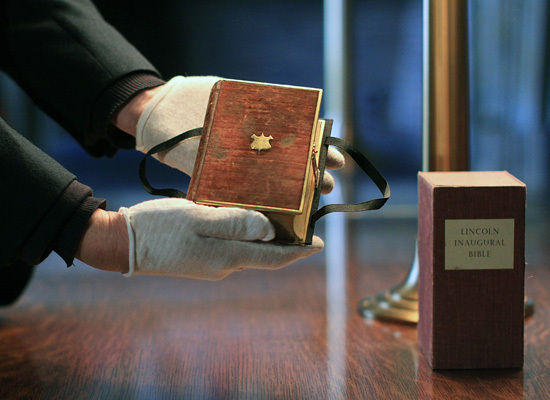 Circuit Judge Evan Wallach was sworn in today as a circuit judge on the United States Court of Appeals for the Federal Circuit.
Circuit Judge Evan Wallach was sworn in today as a circuit judge on the United States Court of Appeals for the Federal Circuit. 